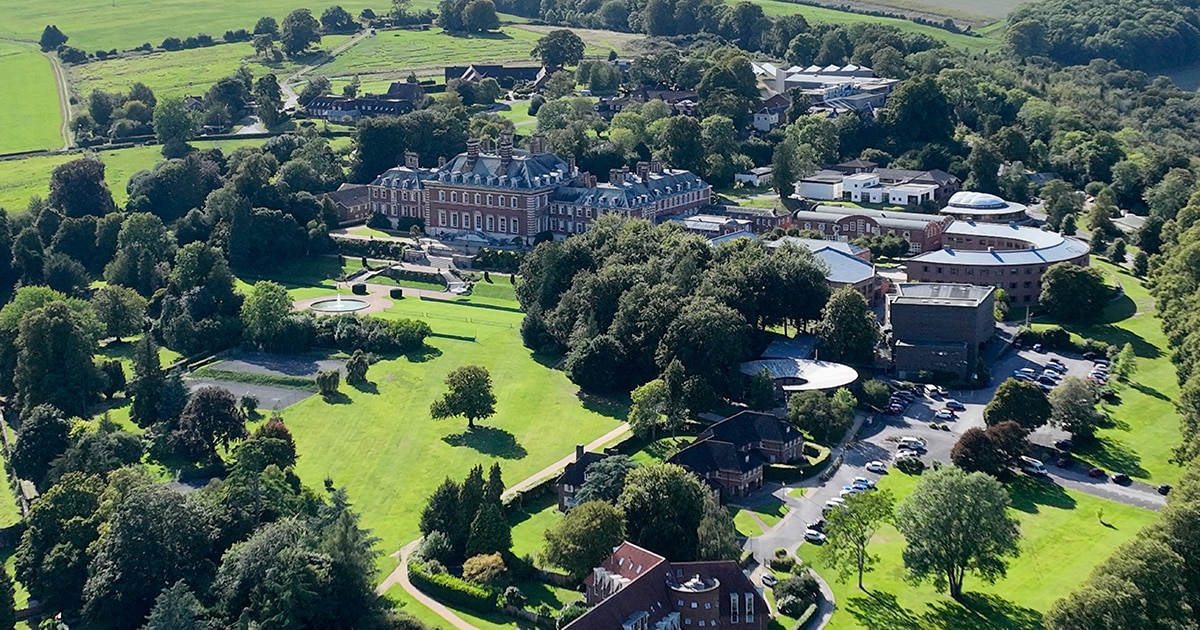We are here to help
Discover how our expert lawyers can help you, your family or your business.
Contact usLatest legal insights – straight to your inbox
Subscribe to receive our latest legal updates and advice, as well as invitations to our exciting events programme.
Sign upFollow us on LinkedIn
If you are enjoying our articles, then please follow us on LinkedIn. We regularly post interesting, enlightening and fun content from across Moore Barlow.
Follow us






